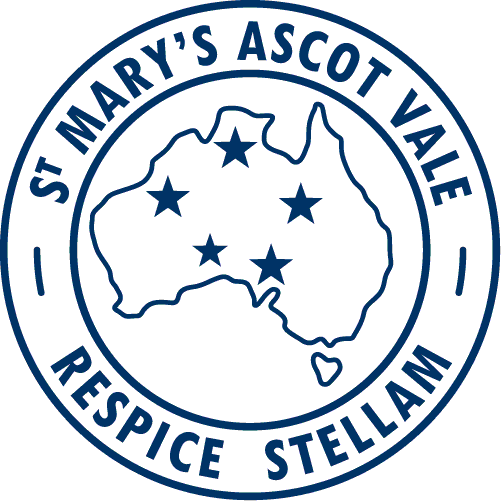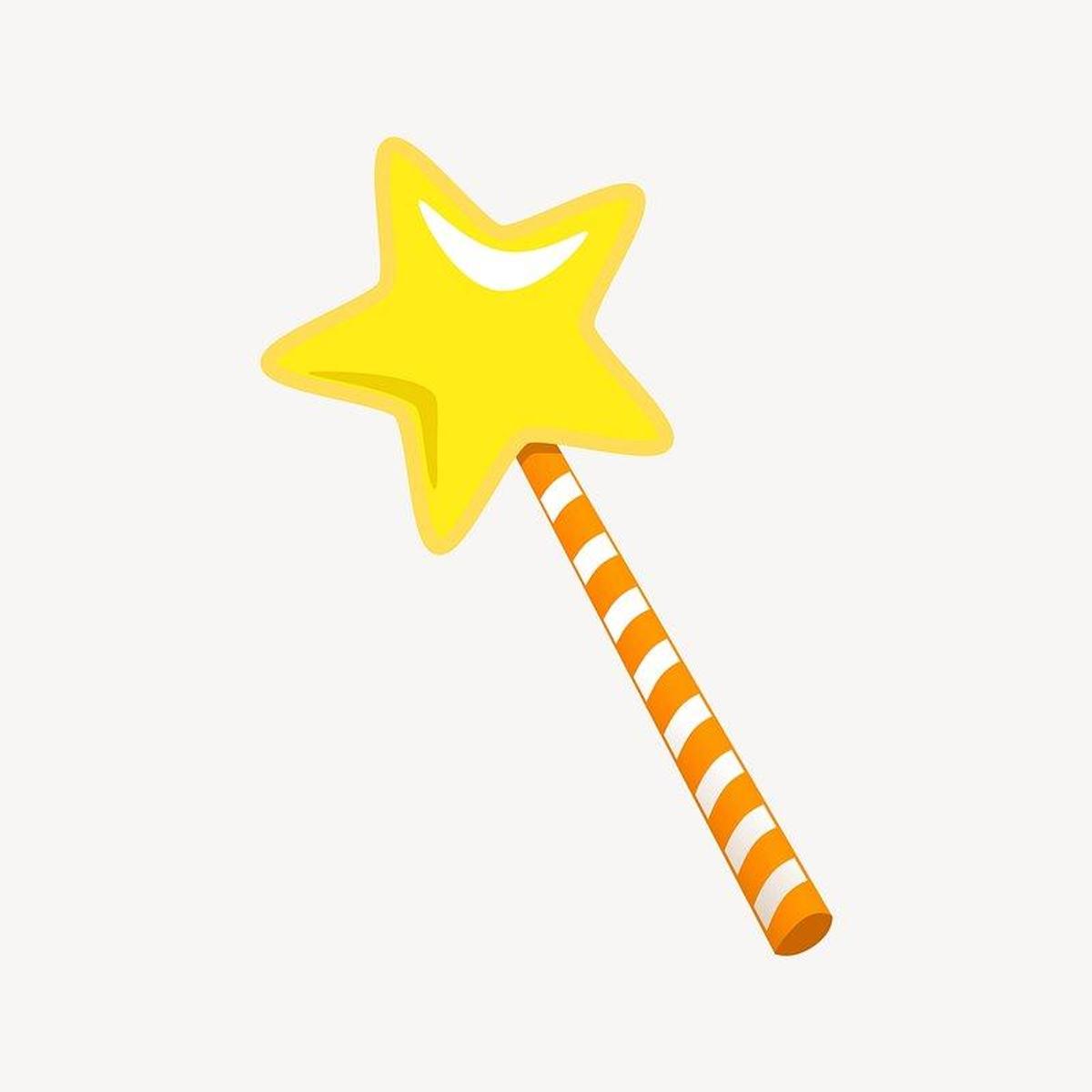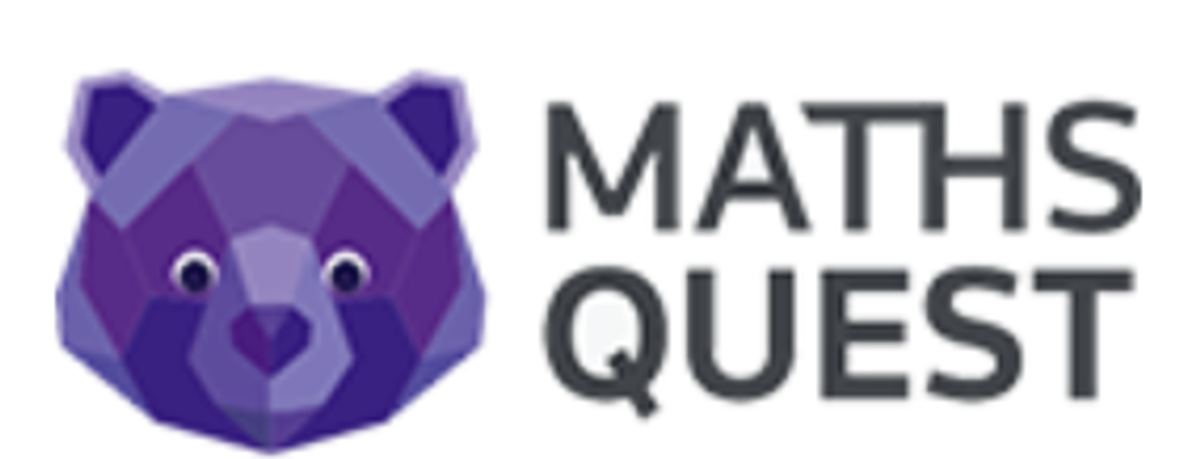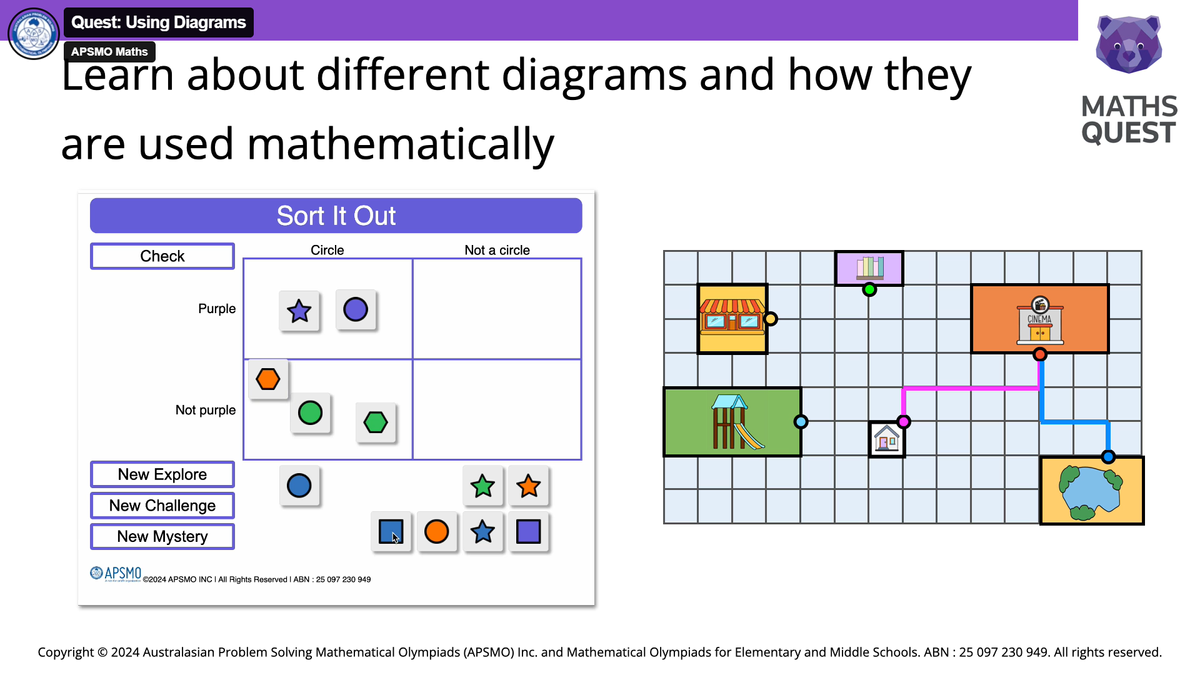Learning and Teaching

The Science of Reading
Just a recap ......
Thus far in this series of the newsletter, we have covered :
- graphemes
- phonemes
- short and long vowels, and
- digraphs.
We also introduced Phonemic Awareness, which is the ability to recognize and manipulate the spoken part of words. Over this term, we will unpack the different components of phonemic awareness, building on the information about syllables outlined in the last edition before the holidays.
Segmentation
Segmentation involves breaking down a word into the individual phonemes. It is a deliberate and purposeful act that plays a crucial role in learning to read and write.
For example, if your child is asked to verbally segment the word 'ham' - they would say /h/ /a/ /m/. Not the letters, h, a and m.
Once a child is confident with cvc (consonant-vowel-consonant) words, such as ham, dog, kip, jug, pen - you can move onto more complex words such as those containing either digraphs and long vowels. For example, chick would be segmented as /ch/ /i/ /ck/. This still has three phonemes but more letters in the written code.
BOOK WEEK
Yay! Book Week is getting closer!
St Mary’s students and staff are celebrating BOOK WEEK 2024 in Week 6.
A big highlight of BOOK WEEK 2024 at St Mary’s will be the DRESS UP parade!
DATE: WEDNESDAY, AUGUST 21st.
TIME: 9 a.m.
Students can dress up as any book character they like! It’s time to start thinking about what you will dress up as!
READING IS MAGIC!
IT TRANSFORMS WORLDS.
Y2 EMBARK ON THEIR SECOND MATHS QUEST
In Term 3 the Y2 students will be working through their second Maths Quest. Having completed the first Quest which was all about logical reasoning, the children did an amazing job solving problems and puzzles using different types of clue and were very enthusiastic at each session.
Quest 2 is titled, ‘Using Diagrams’. Throughout the unit the children will answer questions and solve problems about diagrams as well as activities where they themselves will draw diagrams as a way to understand and solve problems. Specifically, they will learn how to identify and depict essential elements of a problem and how diagrams help us to analyse and visualise different relationships between components of a problem. The children will also select and construct diagrams to match the requirements of a given problem and use diagrams as a tool for organising and sequencing information.
The teachers and I are looking forward to seeing the children develop their problem solving skills throughout this unit.
Nicola Toney (Mathematics Leader F-6)




